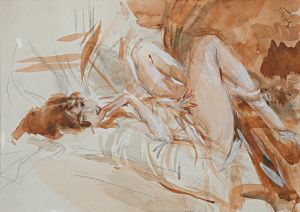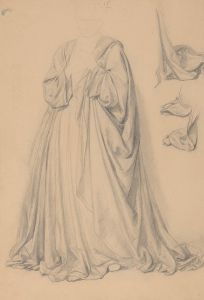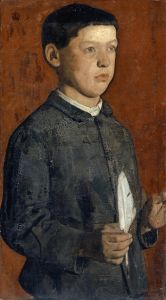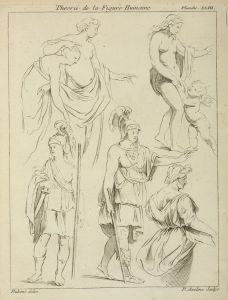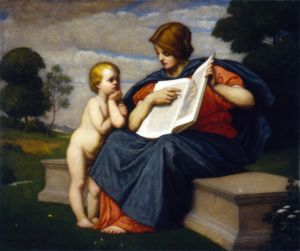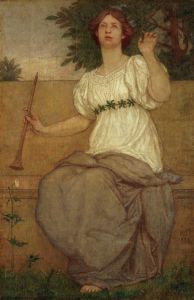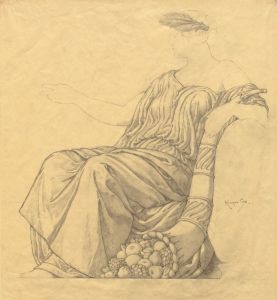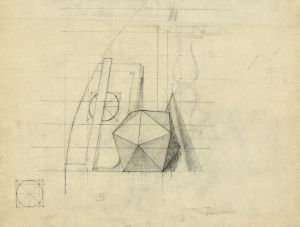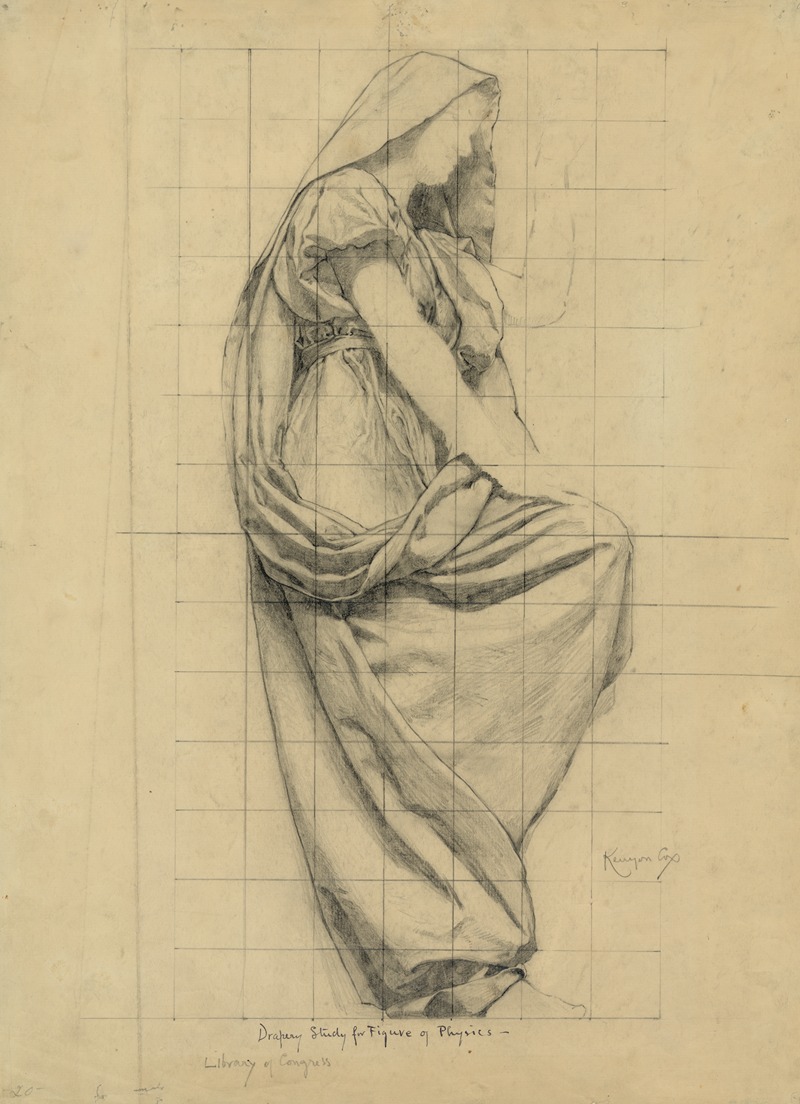
Drapery study for figure of Physics
A hand-painted replica of Kenyon Cox’s masterpiece Drapery study for figure of Physics, meticulously crafted by professional artists to capture the true essence of the original. Each piece is created with museum-quality canvas and rare mineral pigments, carefully painted by experienced artists with delicate brushstrokes and rich, layered colors to perfectly recreate the texture of the original artwork. Unlike machine-printed reproductions, this hand-painted version brings the painting to life, infused with the artist’s emotions and skill in every stroke. Whether for personal collection or home decoration, it instantly elevates the artistic atmosphere of any space.
Kenyon Cox (1856-1919) was an American painter, illustrator, muralist, and writer known for his academic style and contributions to American art in the late 19th and early 20th centuries. One of his notable works is the "Drapery study for figure of Physics," a preparatory drawing created as part of his process for a larger mural project.
The "Drapery study for figure of Physics" is a detailed and meticulous drawing that showcases Cox's skill in rendering the intricate folds and textures of fabric. This study was part of his preparatory work for a mural commissioned for the Library of Congress in Washington, D.C. The mural, titled "The Sciences," was completed in 1896 and is located in the Thomas Jefferson Building. It features allegorical figures representing various scientific disciplines, including Physics.
Cox's approach to mural painting was heavily influenced by his academic training and his admiration for the Renaissance masters. He studied at the Pennsylvania Academy of the Fine Arts and later at the École des Beaux-Arts in Paris, where he was influenced by the classical techniques and principles of composition. His work often reflected a commitment to idealized beauty, precise draftsmanship, and a harmonious balance of form and color.
The "Drapery study for figure of Physics" exemplifies Cox's dedication to preparatory studies as a crucial part of his artistic process. These studies allowed him to experiment with the positioning and flow of drapery, ensuring that the final mural would convey a sense of realism and grace. The drawing likely served as a reference for the final painting, helping Cox to achieve the desired effect in the larger composition.
In the context of the Library of Congress murals, Cox's work was part of a broader movement to decorate public buildings with art that celebrated American ideals and intellectual achievements. The murals in the Thomas Jefferson Building were intended to inspire and educate the public, reflecting the nation's cultural and scientific advancements. Cox's contribution to this project was significant, as his murals added to the building's grandeur and intellectual atmosphere.
Kenyon Cox's legacy as an artist is marked by his contributions to American mural painting and his role in the academic art community. He was a prominent figure in the Art Students League of New York, where he taught and influenced a generation of artists. His writings on art theory and criticism also helped shape the discourse on American art during his time.
The "Drapery study for figure of Physics" remains an important example of Cox's meticulous preparatory work and his commitment to the classical tradition in art. It highlights his ability to capture the delicate interplay of light and shadow on fabric, a skill that contributed to the overall success of his mural projects. Today, Cox's work continues to be appreciated for its technical excellence and its role in the development of American art at the turn of the 20th century.





